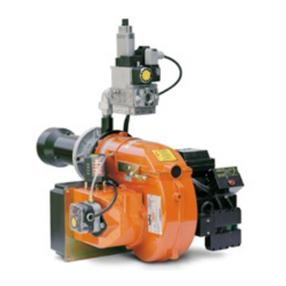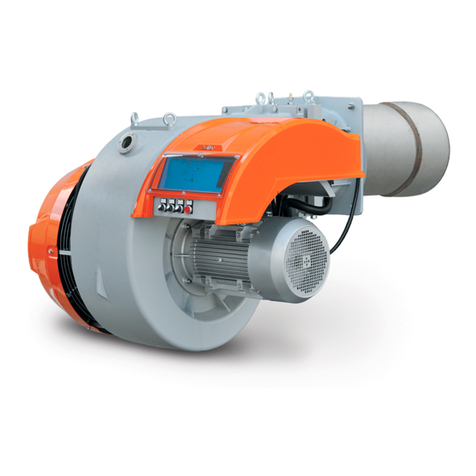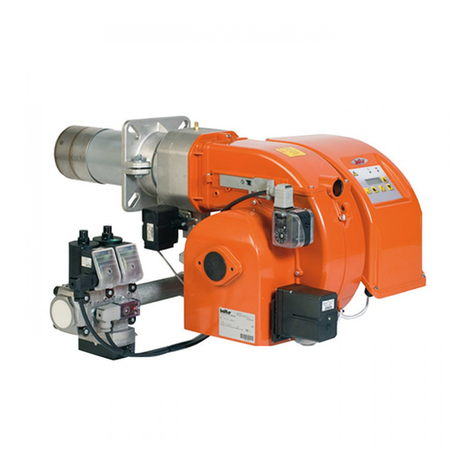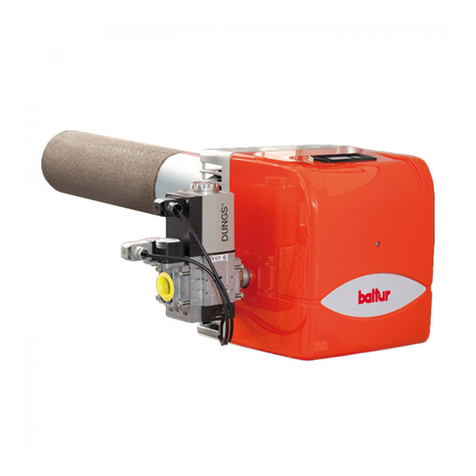baltur BT 75 DSNM-D User manual
Other baltur Burner manuals

baltur
baltur TBG 35 ME Reference manual

baltur
baltur TBG 35 PN User manual
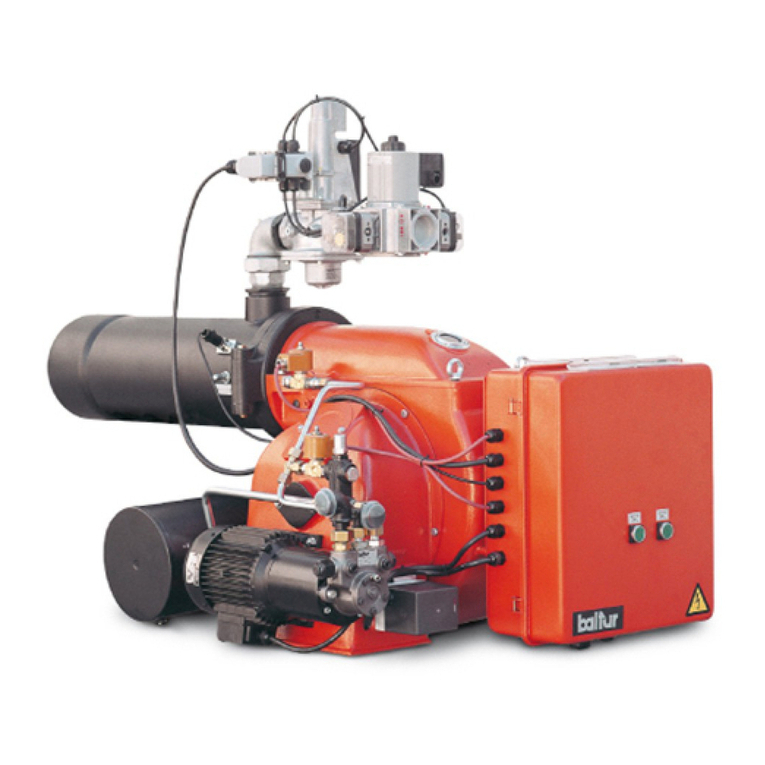
baltur
baltur comist 36 User manual
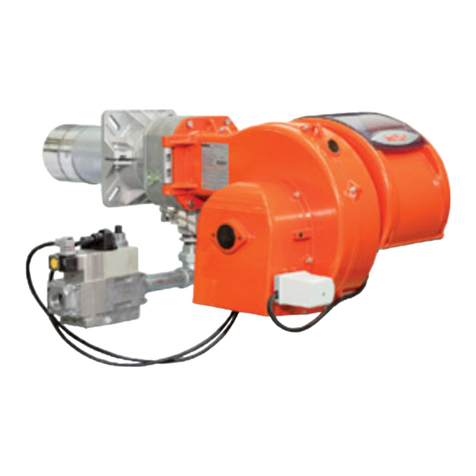
baltur
baltur TBG 85 P-V User manual

baltur
baltur TBML 80 MC User manual
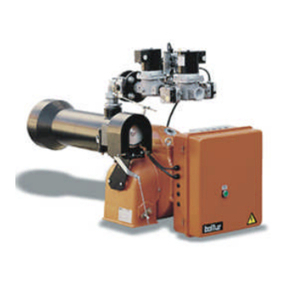
baltur
baltur BGN 40 DSPGN User manual
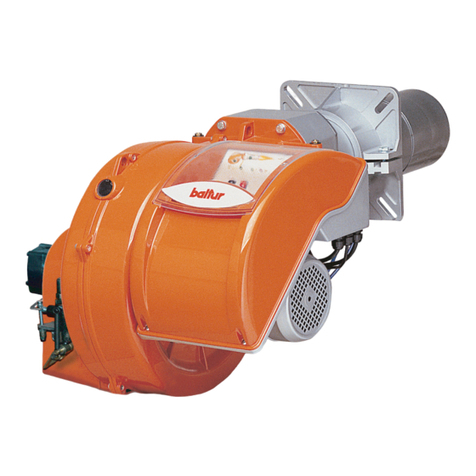
baltur
baltur TBL 85P User manual

baltur
baltur SPARKGAS 3,6 User manual
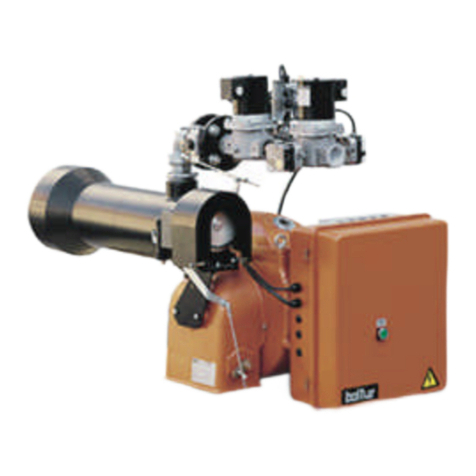
baltur
baltur BGN 40 DSPGN-ME User manual
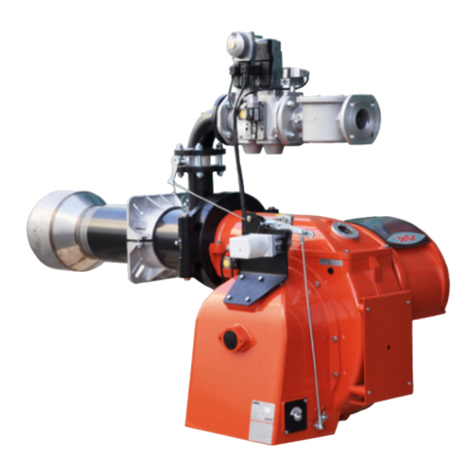
baltur
baltur BGN 250 P User manual
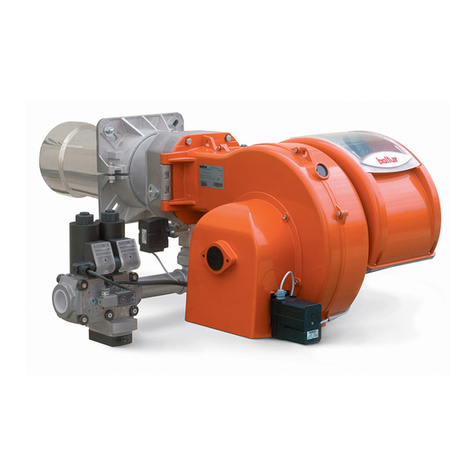
baltur
baltur TBG 85 ME Reference manual
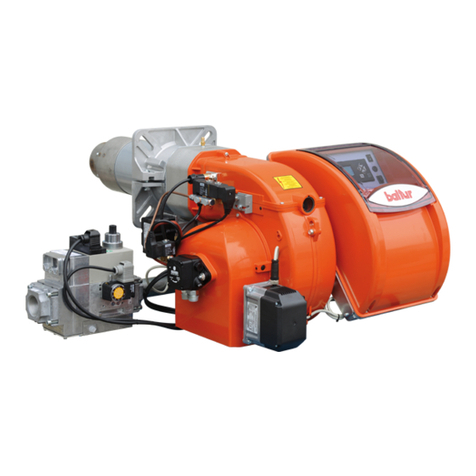
baltur
baltur TBML 50 ME Quick start guide
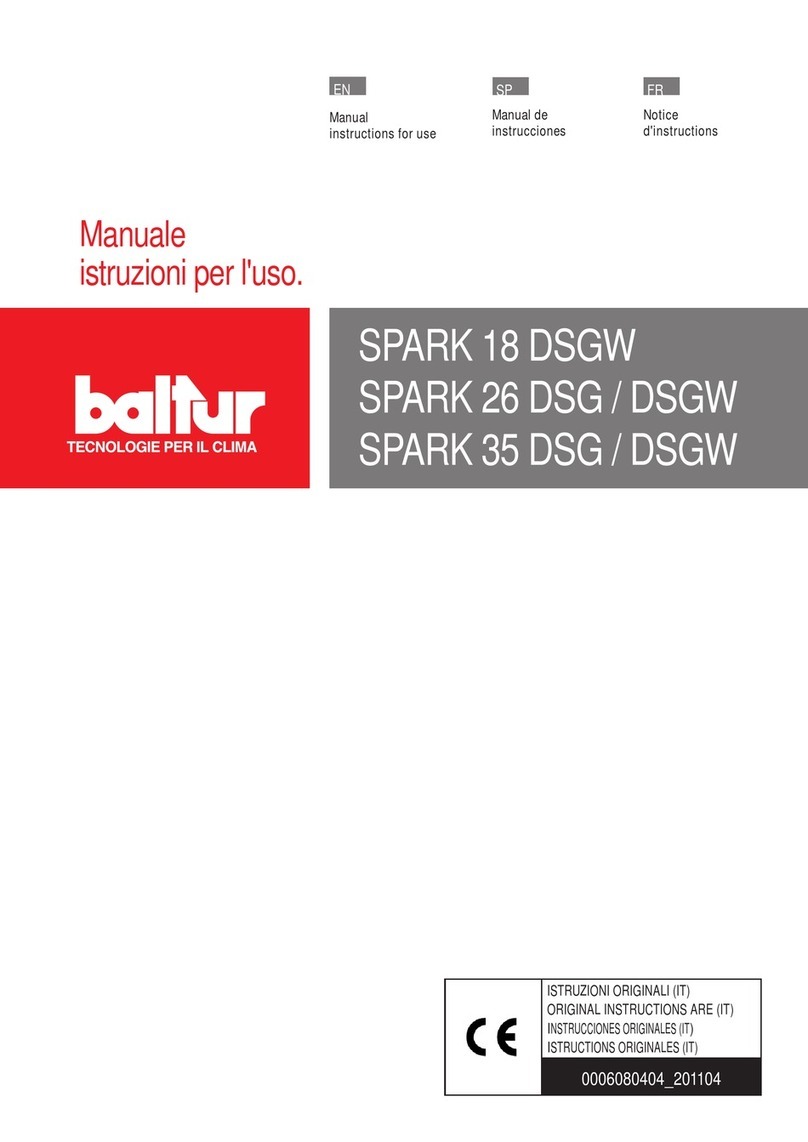
baltur
baltur Spark 18 DSGW User manual
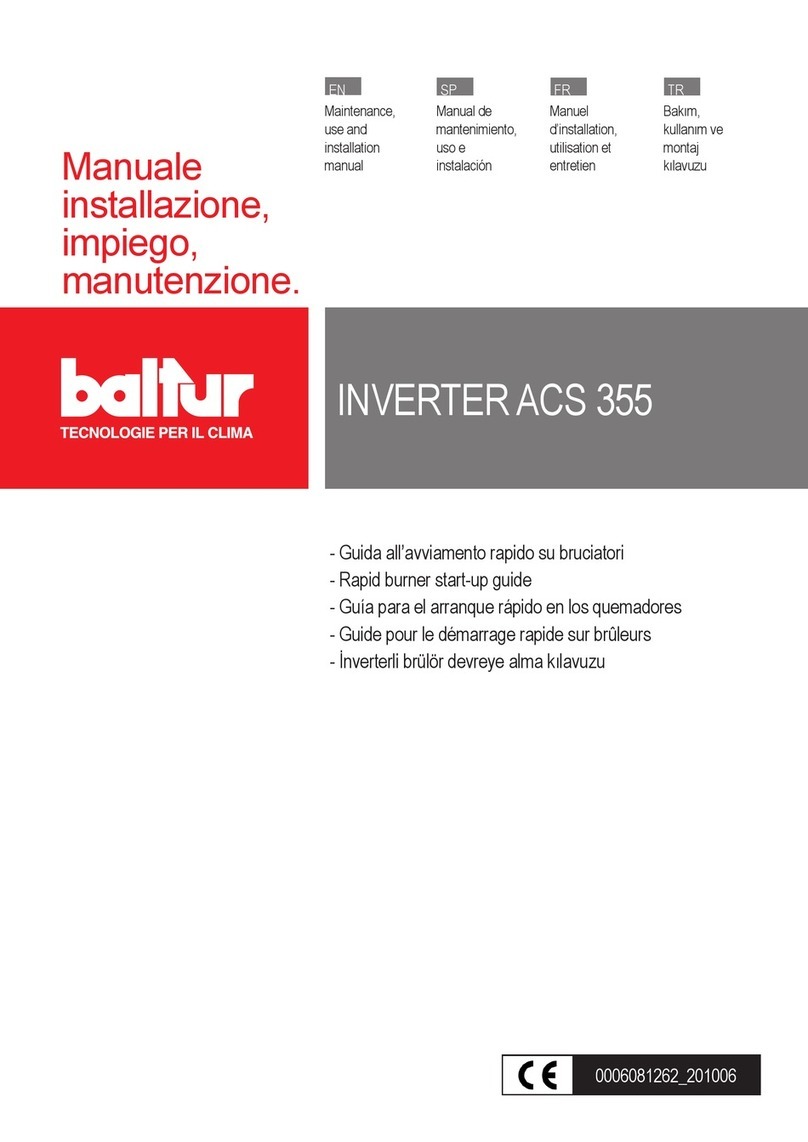
baltur
baltur ACS 355 User guide
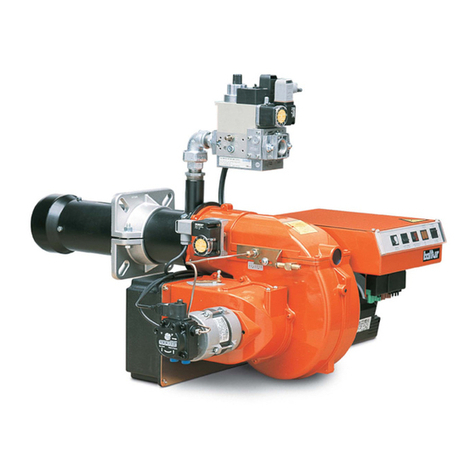
baltur
baltur COMIST 20 User manual
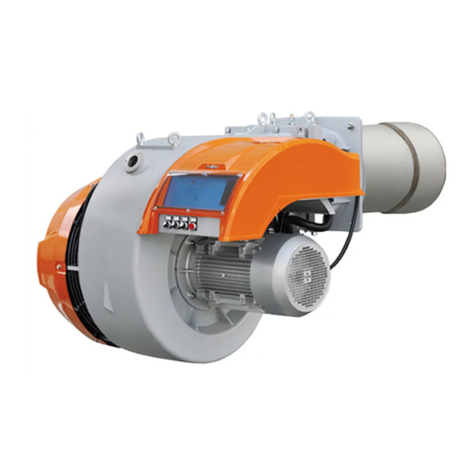
baltur
baltur TBG 1100 MC Reference manual
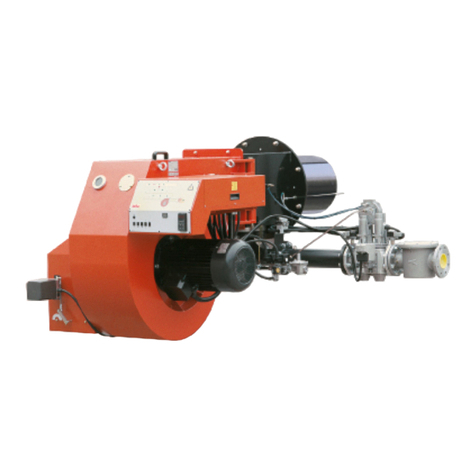
baltur
baltur GI 1000 LX User manual

baltur
baltur TBL 85P User manual
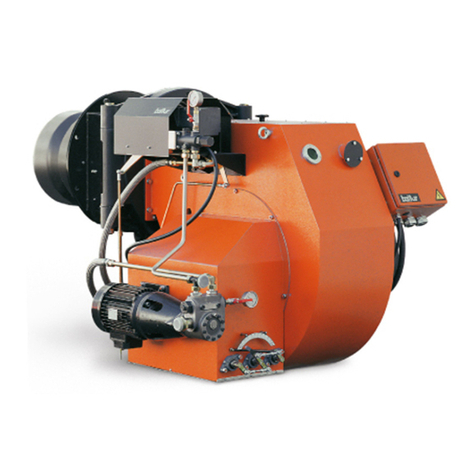
baltur
baltur GI MIST 1000 DSPGM User manual
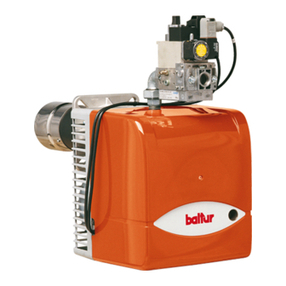
baltur
baltur BTG 15 User manual
Popular Burner manuals by other brands

Riello
Riello RLS 160/EV Installation, use and maintenance instructions

Riello
Riello RS 28/M Installation, use and maintenance instructions
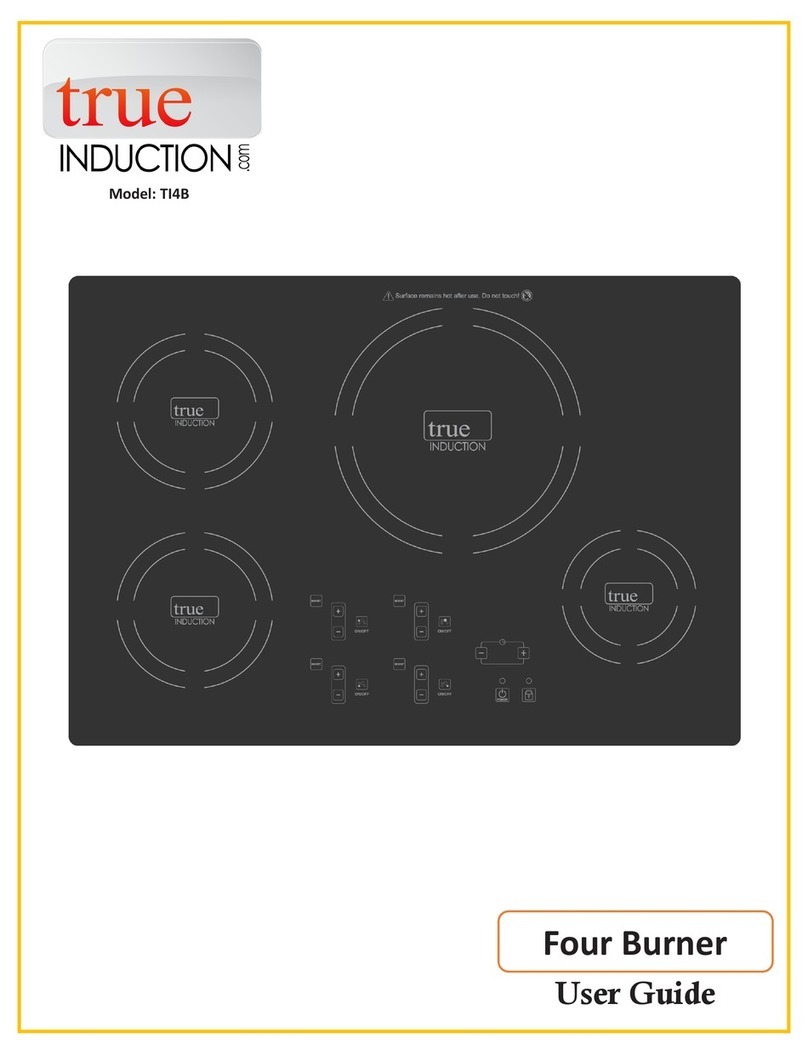
True Induction
True Induction TI4B user guide
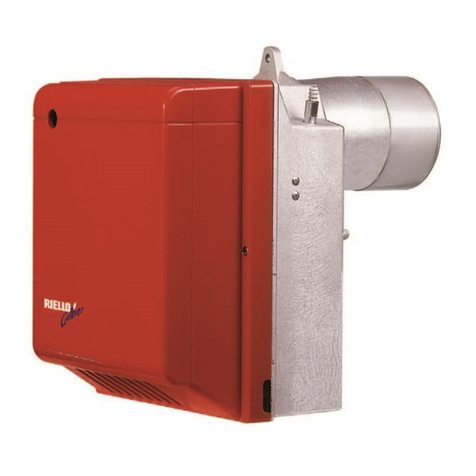
Riello
Riello RG1RKD Installation, use and maintenance instructions
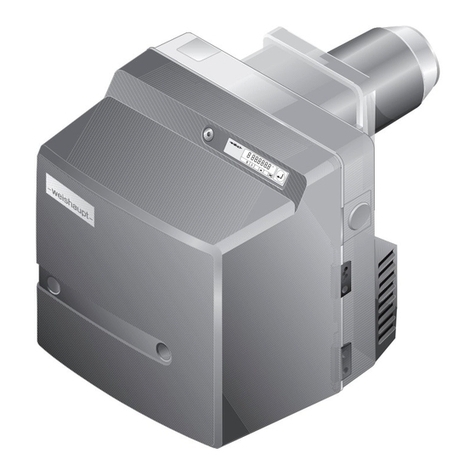
Weishaupt
Weishaupt WG20 Series manual

Carolina Cooker
Carolina Cooker M116672 owner's guide

Riello
Riello RX 500 S/PV Modulating operation
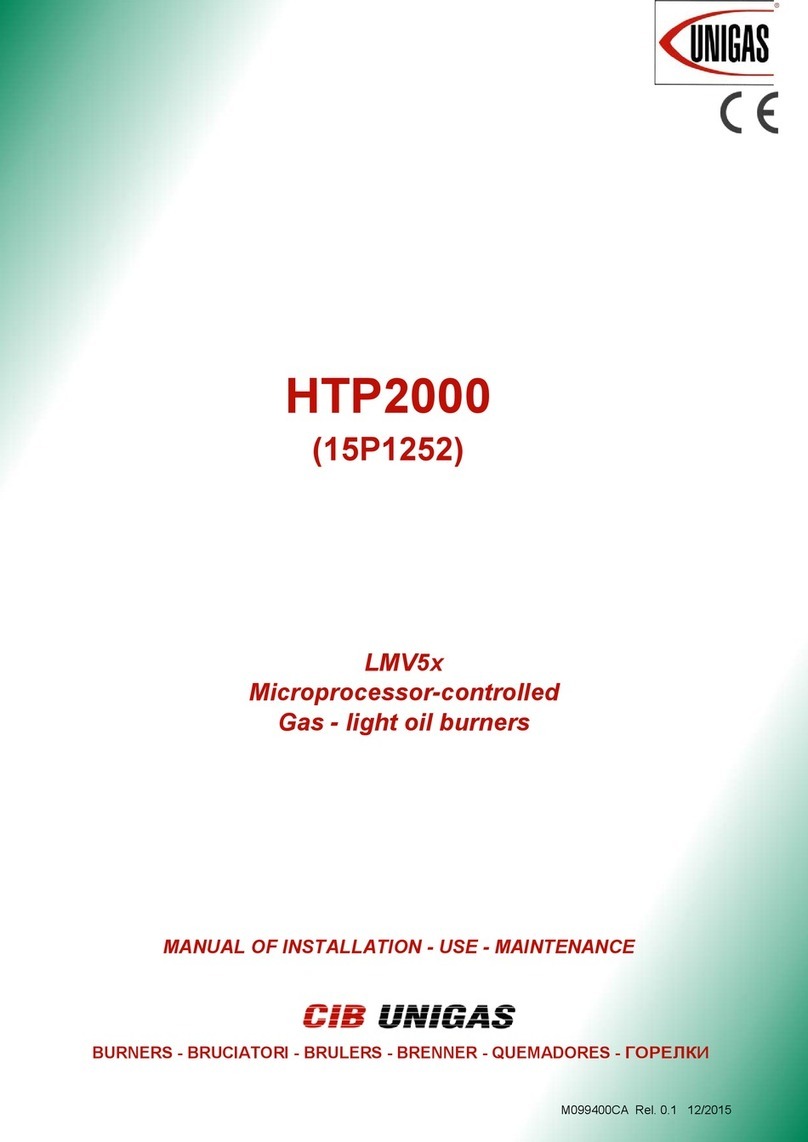
Unigas
Unigas HTP2000 installation manual
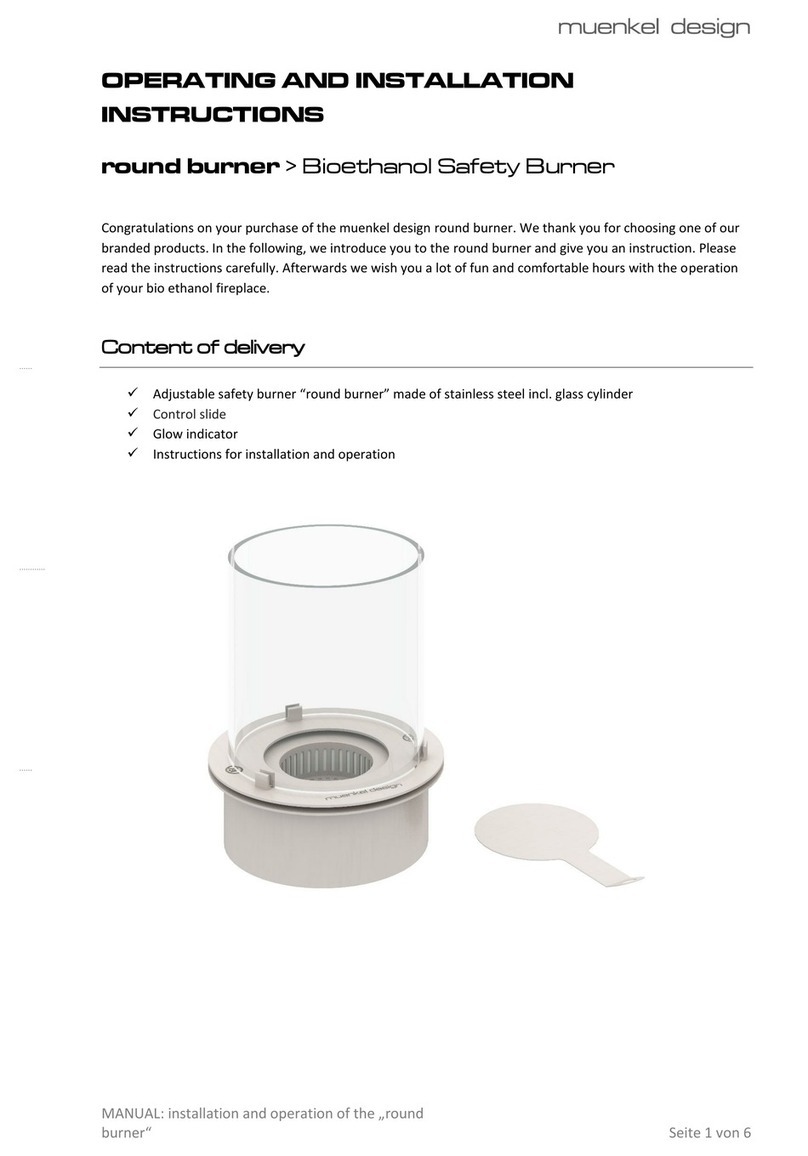
muenkel design
muenkel design round burner Operating and installation instructions
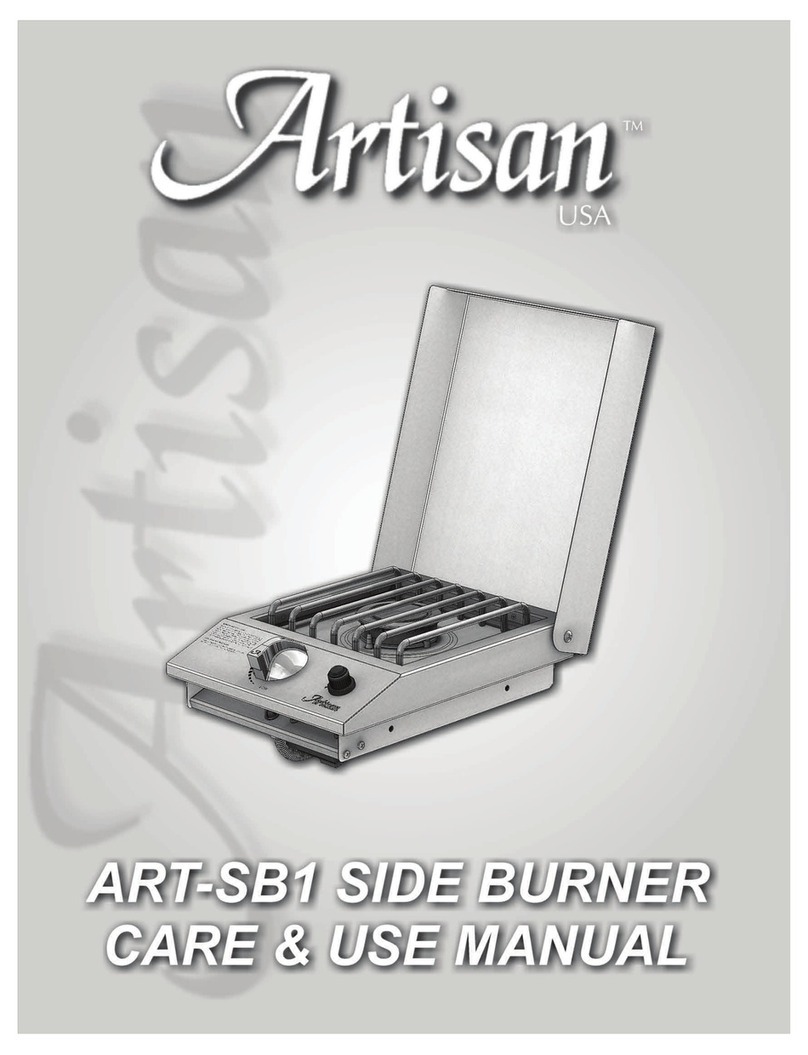
artisan
artisan Art-SB1 Care & use manual
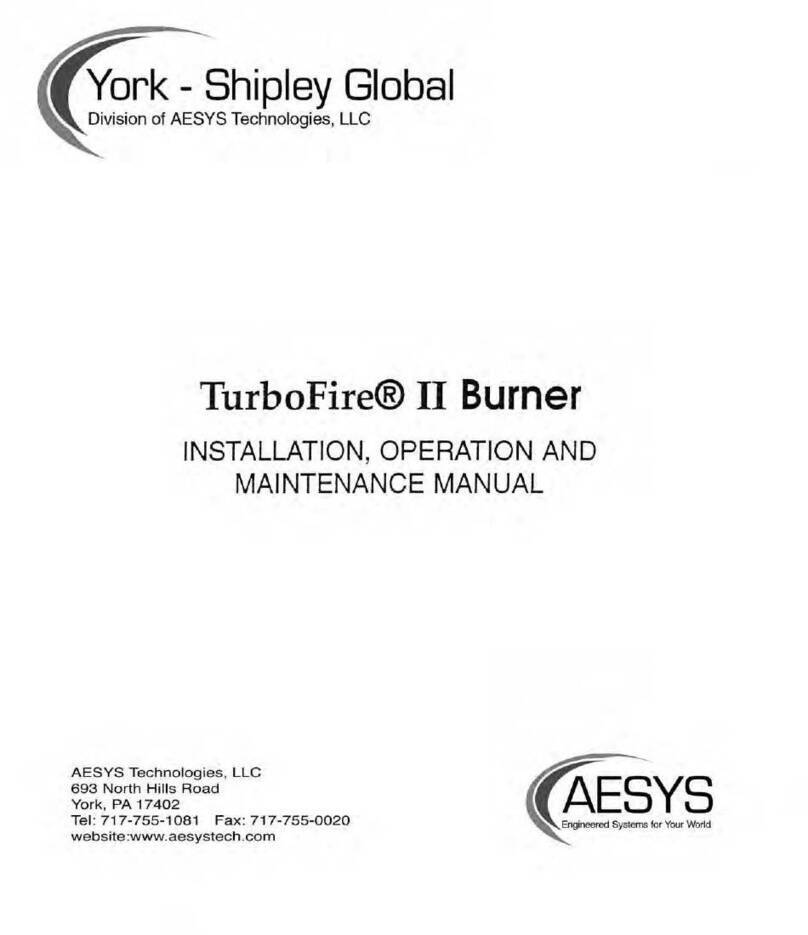
AESYS
AESYS TurboFire II Installation, operation and maintenance manual
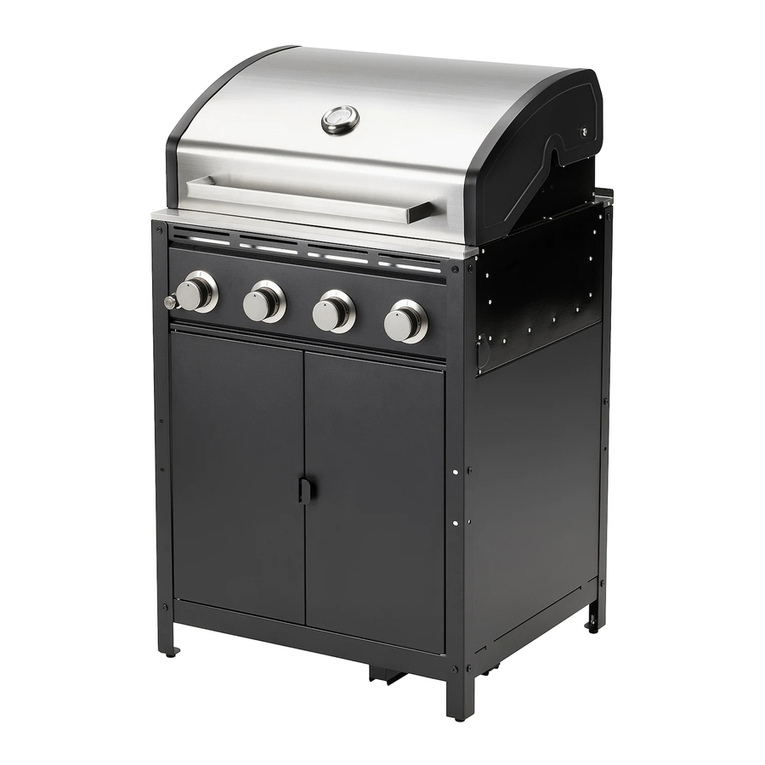
IKEA
IKEA GRILLSKÄR manual

Riello Burners
Riello Burners P 200 P/G Installation, use and maintenance instructions
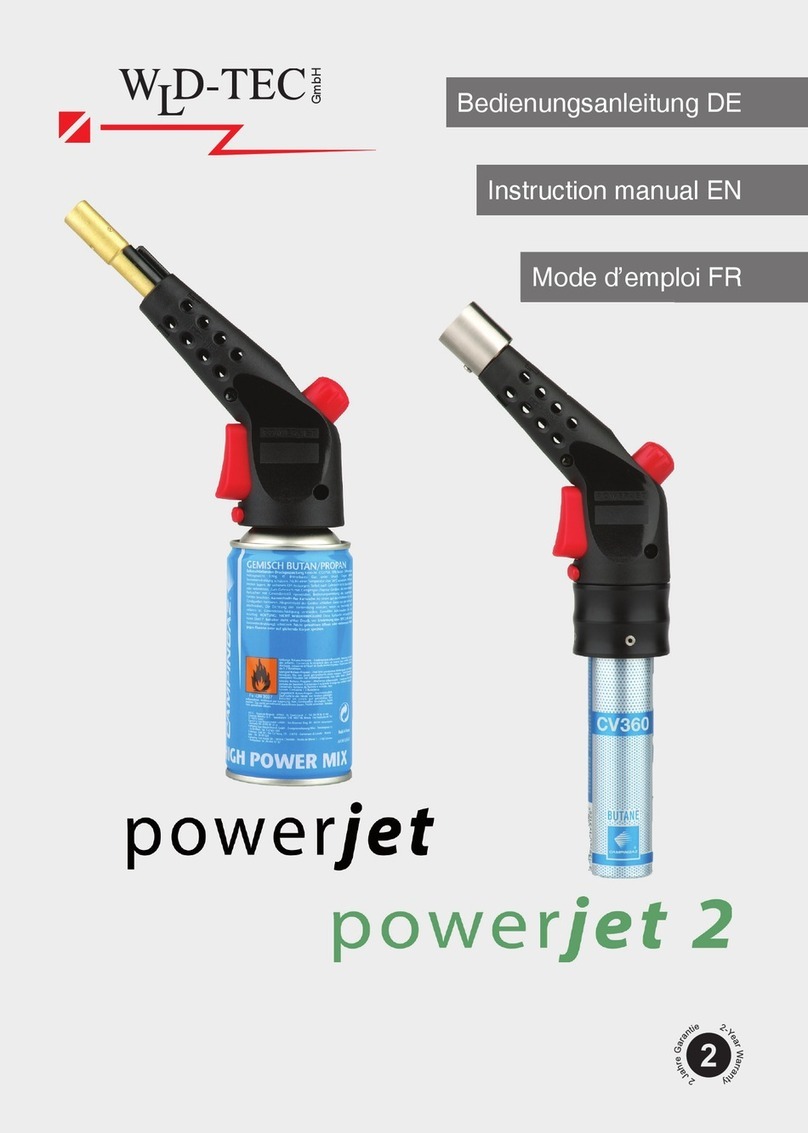
WLD-TEC
WLD-TEC powerjet instruction manual
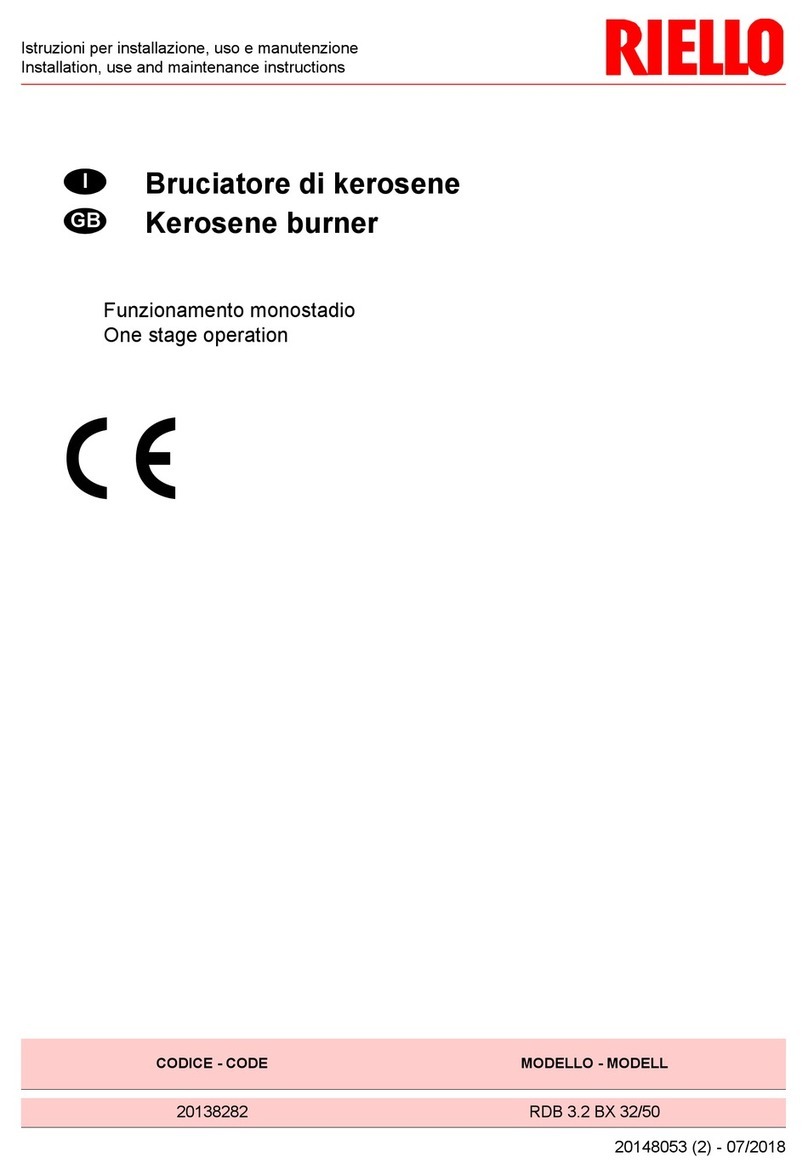
Riello
Riello RDB 3.2 BX 32/50 Installation, use and maintenance instructions

Riello
Riello RDB1 50-90 Installation, use and maintenance instructions
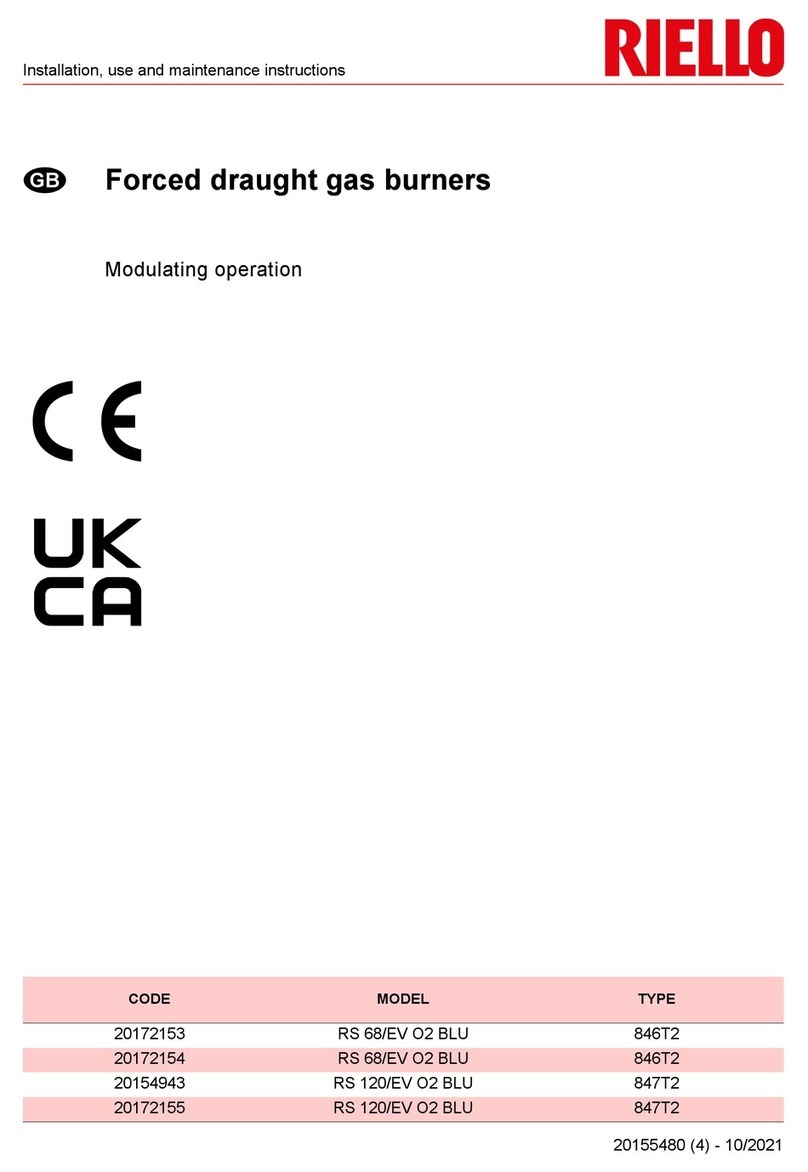
Riello
Riello RS 68/EV O2 BLU Installation, use and maintenance instructions

Riello
Riello Gulliver RG4D Installation, use and maintenance instructions
